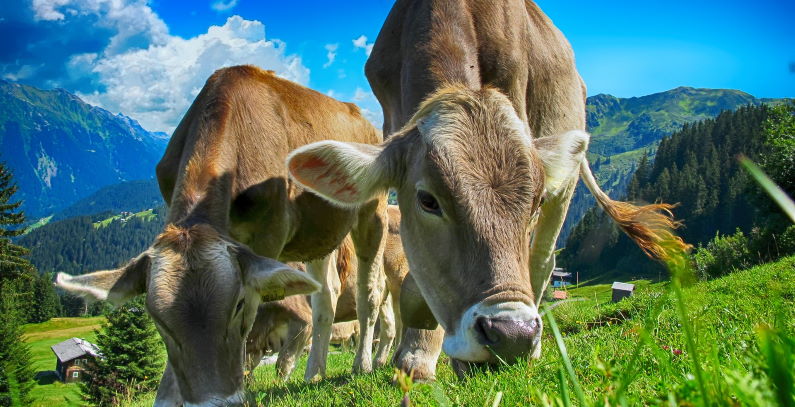
Photo: Pixabay
The EU plans international action throughout the supply chain to prevent methane from escaping into the atmosphere. The administration in Brussels presented a strategy to cut emissions of the greenhouse gas.
The European Commission published the European Union’s strategy to reduce methane emissions. The gas is the biggest contributor to climate change after carbon dioxide and an air pollutant with local effect.
The EU’s executive arm said the issue must be tackled so that the 2030 climate targets and the 2050 climate neutrality goal can be achieved. The strategy includes action beyond Europe throughout the supply chain, as the 27-member bloc is the biggest importer of energy in the world and a significant player in the agriculture and waste sectors, according to the documentation. The EU accounts for 5% of global methane emissions.
EU sees best opportunity for methane emission cuts in energy sector
The commissioners presented legislative and other plans for energy, agriculture and waste, which are responsible for 95% of methane emissions associated with human activity worldwide.
“The European Union’s satellite technology will enable us to closely monitor emissions and help raise international standards,” said the commission’s Executive Vice-President for the European Green Deal Frans Timmermans. He added the strategy creates opportunities for rural areas to produce biogas from waste.
“Energy is where emissions can be cut the quickest with least costs. Europe will lead the way, but we cannot do this alone,” European Commissioner for Energy Kadri Simson stated.
Leaning on data
One of the priorities under the strategy is to improve measurement and reporting of methane emissions. The level of monitoring currently varies between sectors and member states and across the international community, the document reads.
The commission said it would work with the United Nations Environment Programme (UNEP), its Climate and Clean Air Coalition (CCAC) and the International Energy Agency – IEA to establish an international methane emission observatory. The EU’s Copernicus satellite programme will improve surveillance and help to detect global super-emitters and identify major methane leaks, according to the strategy.
Large potential for biofuel production
The EU revealed the ambition to introduce a rule for better detection and repair of leaks in gas infrastructure. It said it would improve reporting of emissions from agriculture through data collection, encourage practice sharing for innovative technologies, animal diets and breeding management, paired with research.
Non-recyclable organic human and agricultural waste and residue streams can be utilised to produce biogas, biomaterials and biochemicals, the material shows and indicates further incentives would be rolled out. Minimizing the disposal of biodegradable waste in landfills is crucial to avoid methane formation, the commissioners stressed.
In the EU, 53% of anthropogenic methane emissions come from agriculture, 26% from waste and 19% from energy
The EU pointed to data that shows reducing methane emissions associated with human or anthropogenic activity by 50% over the next 30
years could reduce global temperature change by 0.18 degrees Celsius by 2050.
Approximately 41% of global methane emissions come from natural sources like wetlands or wildfires. The remainder is attributed to people, of which agriculture takes up to between 40% and 53% – in particular linked to intensive production. Fossil fuel production and use account for 19% to 30%, while 20% to 26% comes from waste. In the EU, 53% of anthropogenic methane emissions come from agriculture, 26% from waste and 19% from energy.


















Be the first one to comment on this article.